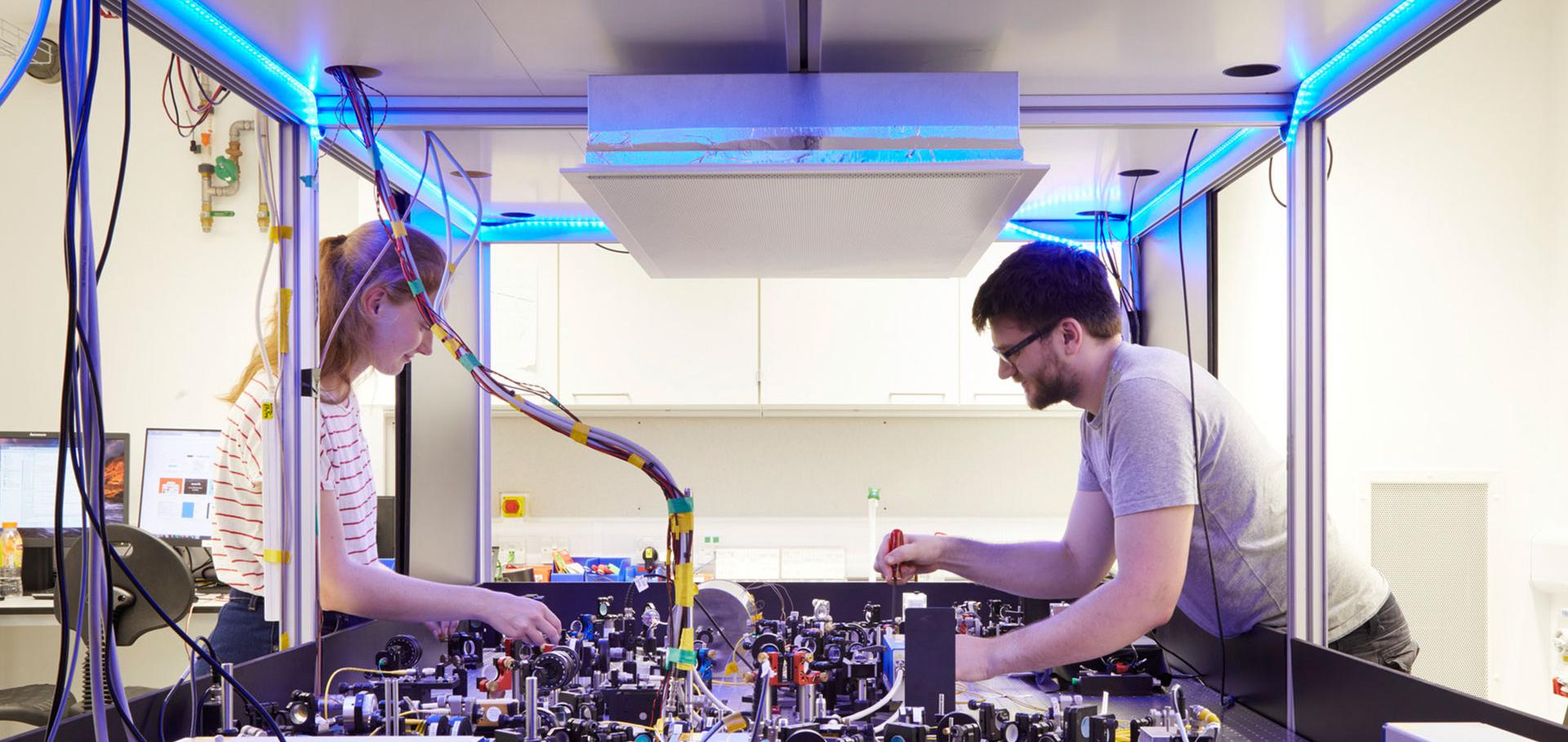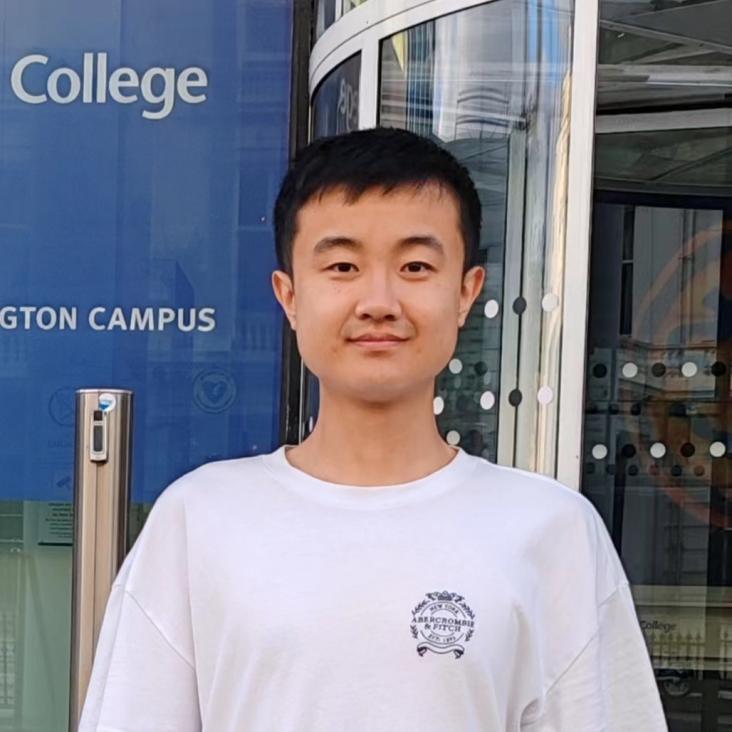Overlapped grouping measurement: A unified framework for measuring quantum states
ArXiv 2105.13091 (2021)
Mitigating realistic noise in practical noisy intermediate-scale quantum devices
Physical Review Applied American Physical Society 15:3 (2021) 34026
Abstract:
Quantum error mitigation (QEM) is vital for noisy intermediate-scale quantum (NISQ) devices. While most conventional QEM schemes assume discrete gate-based circuits with noise appearing either before or after each gate, the assumptions are inappropriate for describing realistic noise that may have strong gate dependence and complicated nonlocal effects, and general computing models such as analog quantum simulators. To address these challenges, we first extend the scenario, where each computation process, being either digital or analog, is described by a continuous time evolution. For noise from imperfections of the engineered Hamiltonian or additional noise operators, we show it can be effectively suppressed by a stochastic QEM method. Since our method assumes only accurate single qubit controls, it is applicable to all digital quantum computers and various analog simulators. Meanwhile, errors in the mitigation procedure can be suppressed by leveraging the Richardson extrapolation method. As we numerically test our method with various Hamiltonians under energy relaxation and dephasing noise and digital quantum circuits with additional two-qubit crosstalk, we show an improvement of simulation accuracy by 2 orders. We assess the resource cost of our scheme and conclude the feasibility of accurate quantum computing with NISQ devices.Low-depth Hamiltonian Simulation by Adaptive Product Formula
ArXiv 2011.05283 (2020)
Variational quantum simulation of general processes
Physical Review Letters American Physical Society 125:1-3 (2020) 010501


